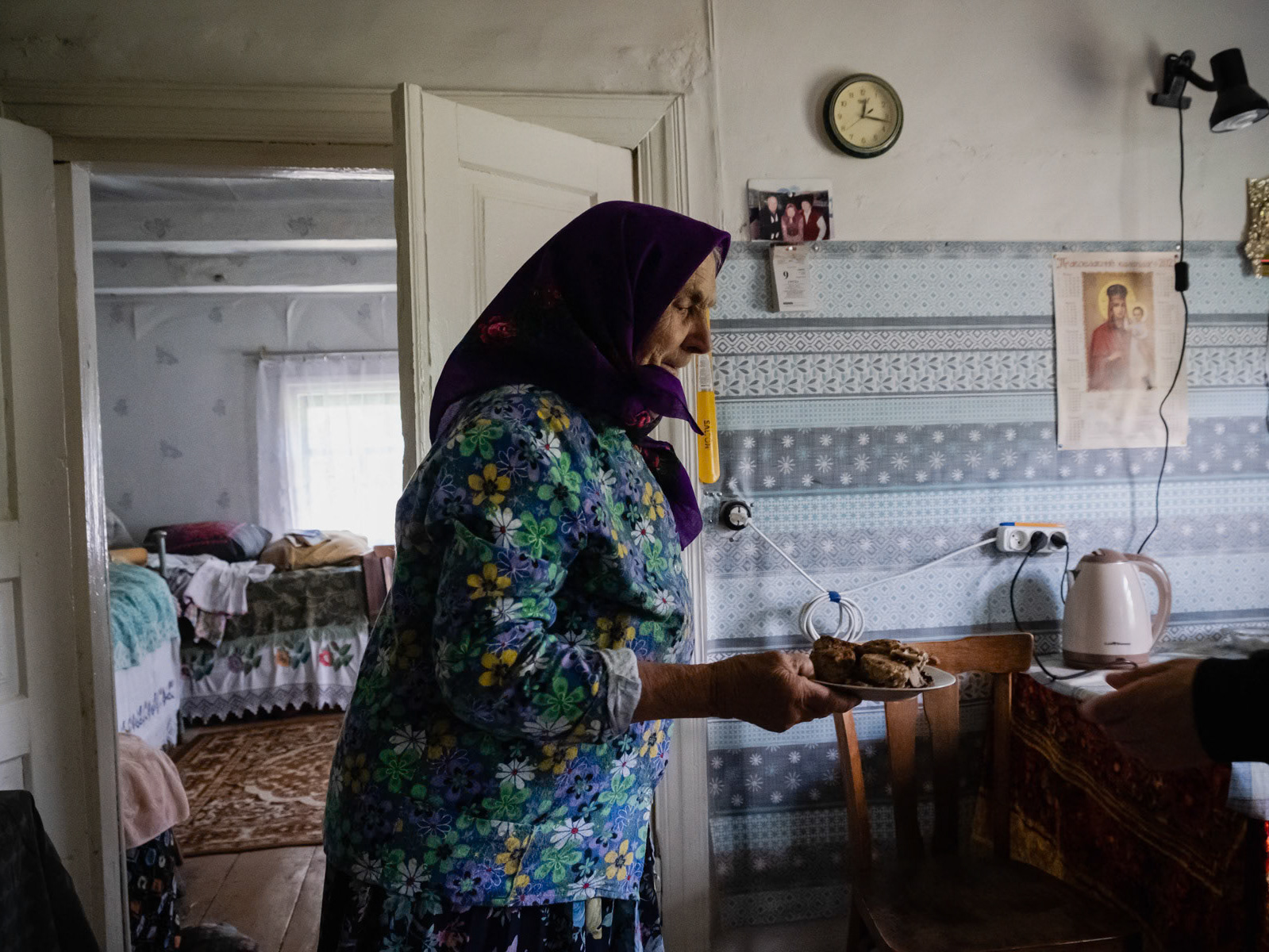In Bangladesh, many men and women are employed in industries such as tanneries, ship-breaking yards, brick kilns, and tea plantations. These jobs, notorious for their indecently low wages, are often the only options available to people struggling to make a living. Despite the grueling physical demands, these workers continue in their roles, driven by necessity. However, the combination of low pay, harsh working conditions, and insufficient safety measures places an enormous toll on their bodies, leaving many in a state of constant exhaustion and pain.
The physical labor required in these industries is intense. In tanneries, workers handle harmful chemicals, exposing themselves to skin diseases and respiratory issues. In ship-breaking yards, the dismantling of large ships with rudimentary tools often results in serious injuries. Brick kiln workers breathe in toxic fumes, which damage their lungs, while tea pickers endure long hours of bending and carrying heavy loads, putting a strain on their muscles and joints. Many workers face accidents that cause permanent disabilities, rendering them incapable of contributing to society in the way they once could. Without proper medical care or compensation, these workers are often left to cope with the aftermath of their injuries, further deepening their already difficult lives.
In addition to the physical toll, these industries are major contributors to environmental degradation. Tanning processes release hazardous chemicals into rivers, and ship-breaking releases heavy metals and oil, polluting waterways. This contamination not only affects the health of workers but also destroys the ecosystems along the rivers, poisoning water sources for entire communities. These industries, which exploit both human labor and the environment, leave lasting damage, creating a cycle of suffering for workers and their communities.

Tannery worker, Hazaribagh, Bangladesh, October 2014

Ship-breaking yard workers, Chittagong, Bangladesh, June 2015
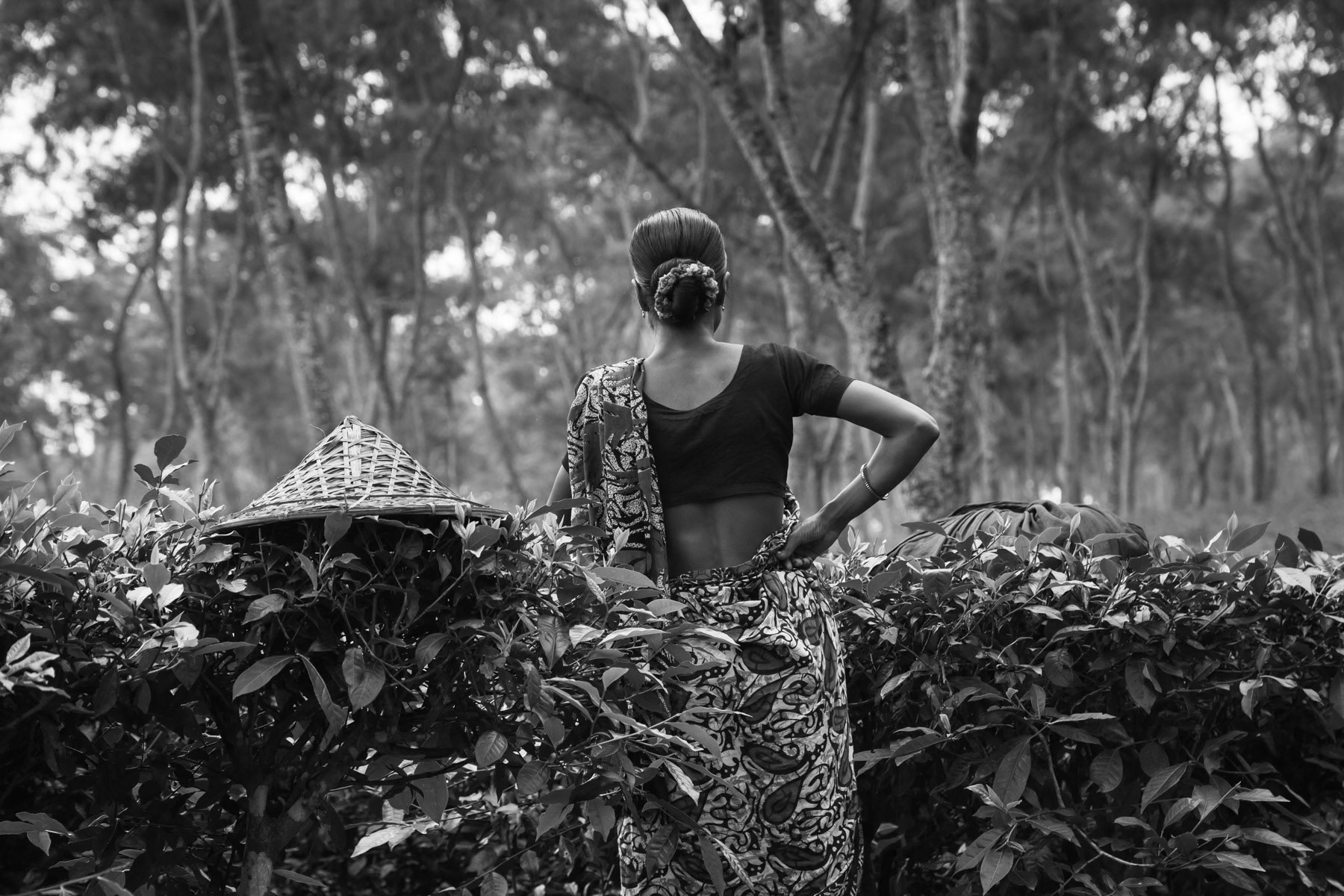
Sylhet tea estate, Bangladesh, October 2014

Ship-breaking yard on the beaches of Bhatiary, Chittagong, Bangladesh, June 2015

Workers lifting gaz tanks needed to cut the ship in pieces, Chittagong Ship-breaking yards, Bangladesh, June 2015

Skin transport between tanneries, Hazaribagh, Bangladesh, October 2014

Ship repair yards along the Buriganga river, Dhaka, Bangladesh, October 2014
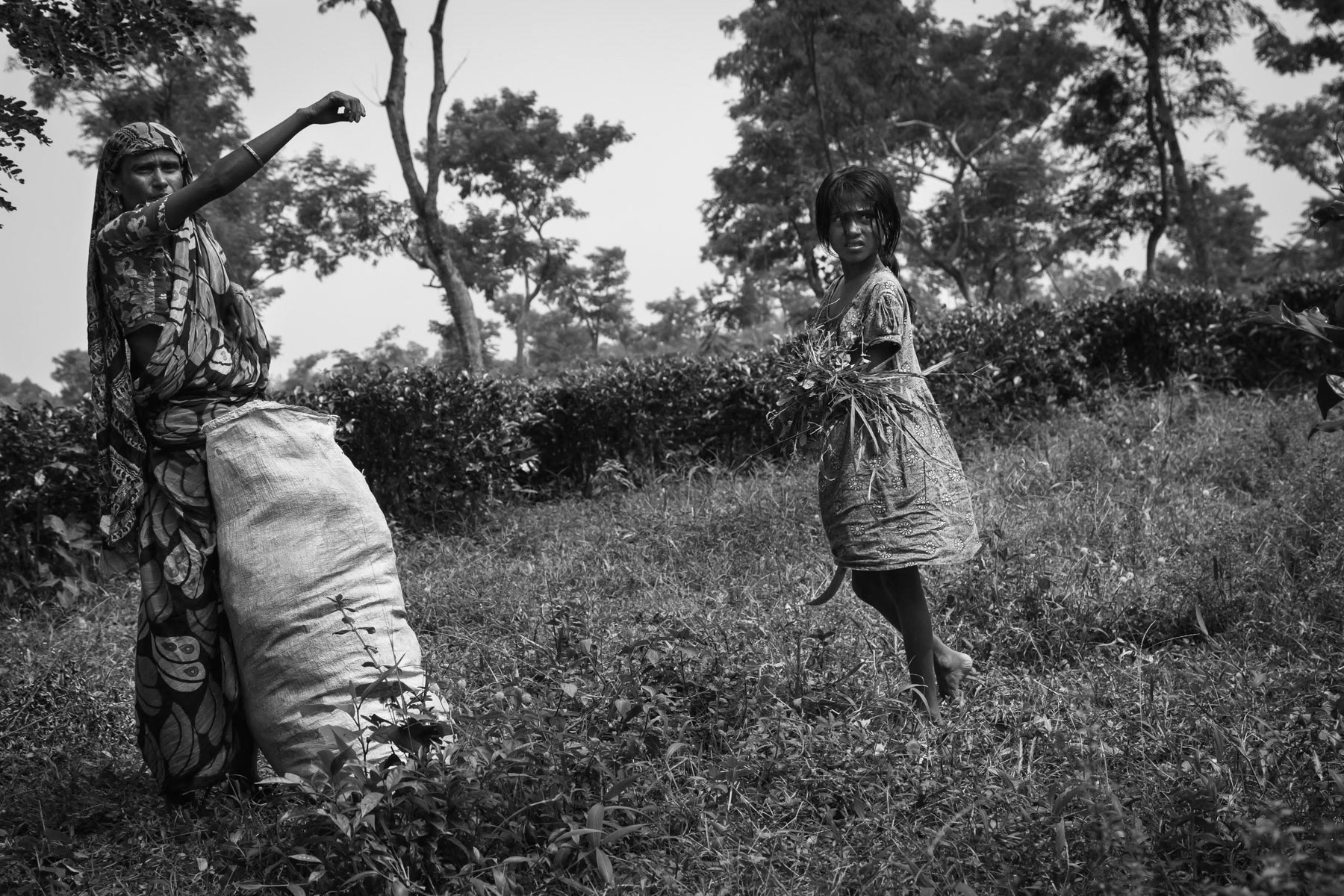
Mother and child maintaining tea fields, Srigobindopur village, Bangladesh, September 2014

Hazaribagh tannery, Bangladesh, October 2014

Women carrying the collected tea leafs, Srimangal tea fields, Bangladesh, September 2014

Hindu village inhabited by tea estate workers, Pulcherra in Srimangal district, Bangladesh, September 2014

Shipyards along the Buriganga river in Kerenigong neighbourhood of Dhaka, Bangladesh, October 2014

The vessels reach their final destination when they are beached during high tide. They will consequently be cut in pieces on the beach by ship cutters. Recently beached ship at his final destination where it will be dismanteled on the spot, Chittagong ship-breaking yards in the Bay of Bengal, Bangladesh, June 2015

Final stage of a dismembered boat. Bhatiary ship breaking yards, Bangladesh, October 2014

Shipyard workers removing paint with a hammer from a cargo ship on the Buriganga river, Dhaka, Bangladesh, October 2014

Cut-off ship parts waiting to be reduced to smaller pieces and recycled, Ship-Breaking yards in Sainbolt, Chittagong, Bangladesh, June 2015

Sylhet, Bangladesh, September 2014

Tannery workers, Hazaibagh in Dhaka, May 2015

Wheat cargo ship being unloaded, Chittagong dockyards, Bangladesh, Ocober 2014
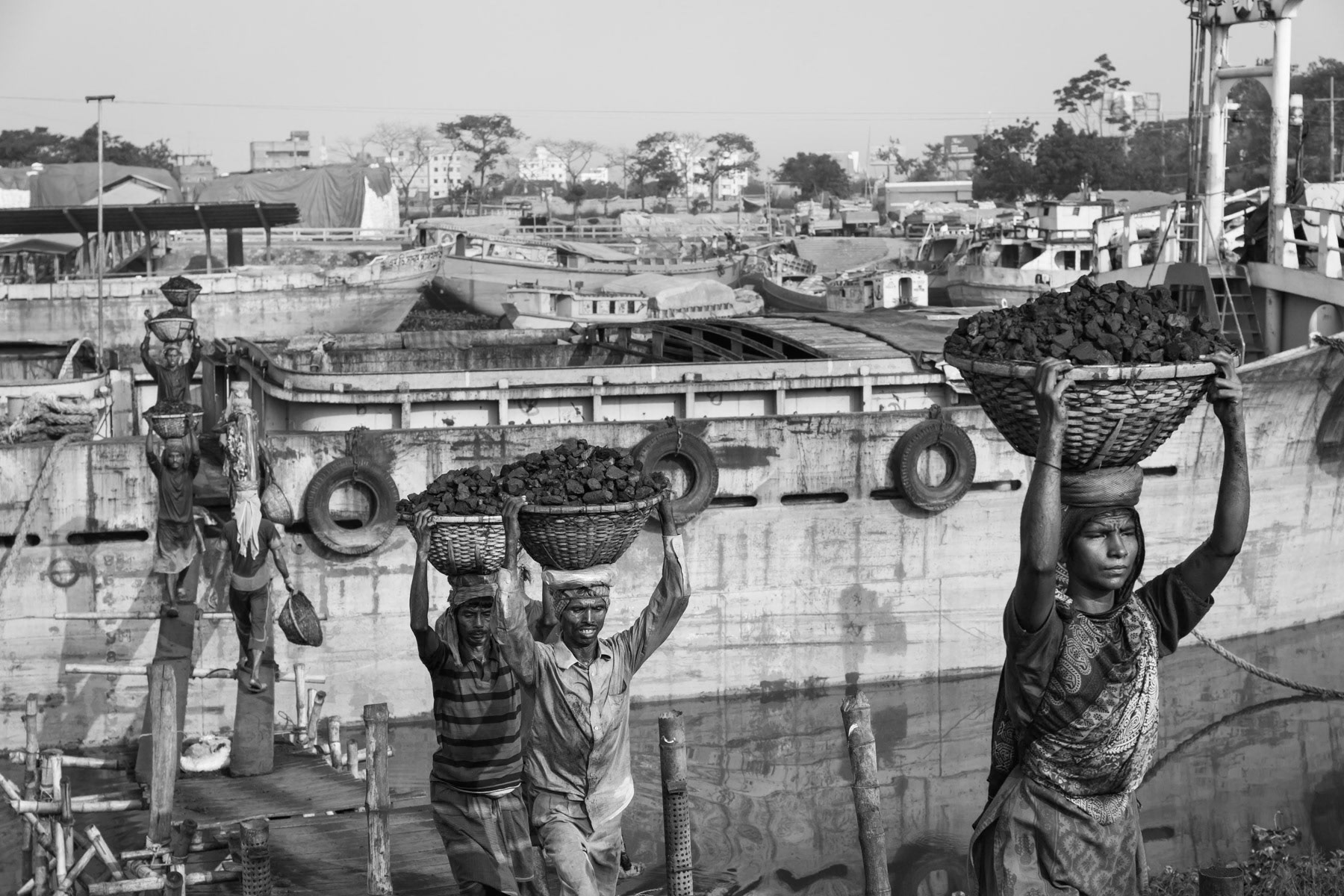
Coal for fueling the brick kilns, Dhaka, Bangladesh, May 2015

Finlay tea estate, Pulcherra near Srimangal, September 2014

Cutting ship segments to smaller and transportable pieces, Bhatiary ship breaking yards, Bangladesh, October 2014

Ship construction and repair in Bangladesh is done mainly by hand, using recycled old metal and parts from the ship-breaking yards in Chittagong. Shipyard workers in Kerinigong, Dhaka, Bangladesh, October 2014
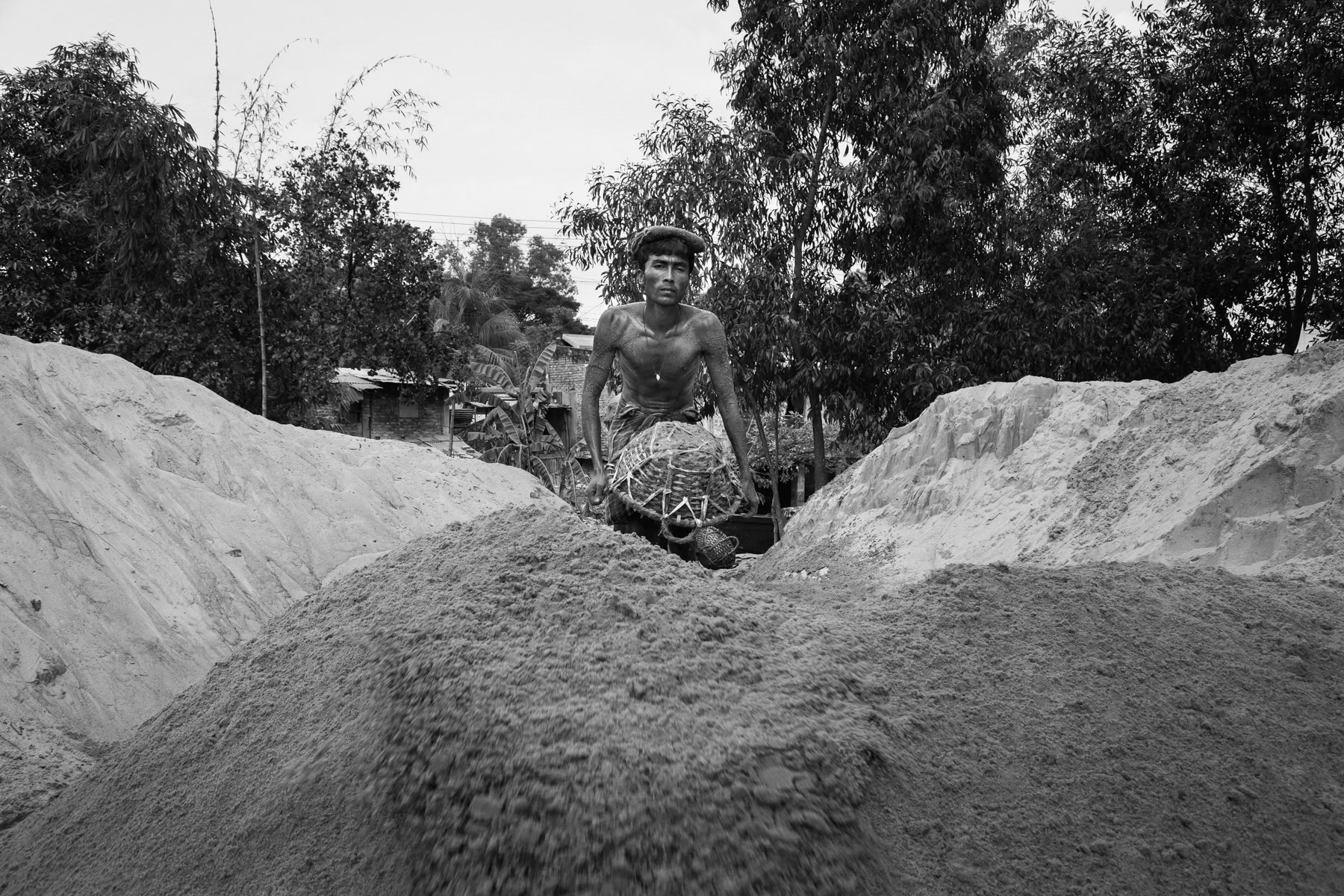
Sand carriers, Chittagong, Bangladesh, October 2014
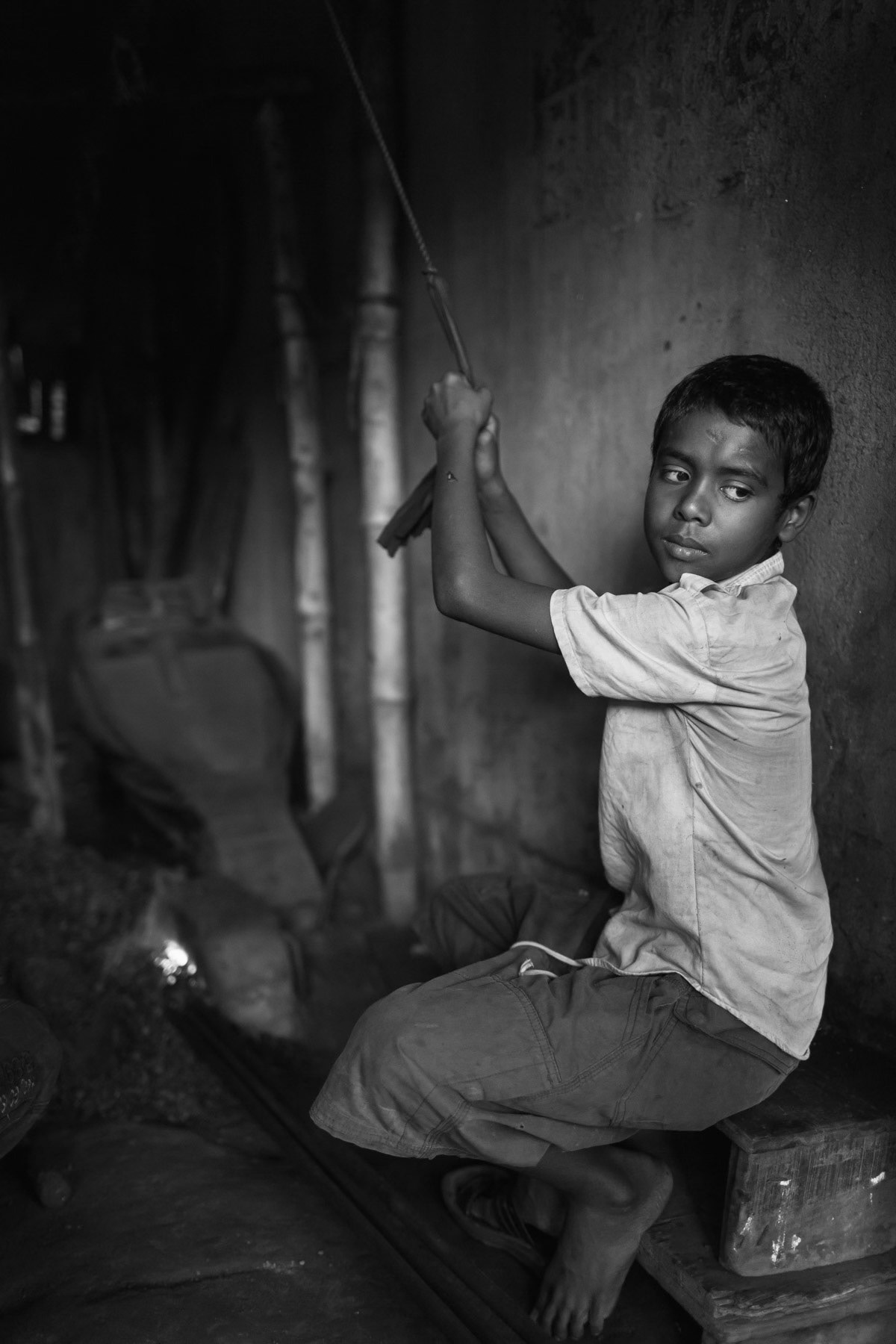
Child working in a metal workshop, Hazirabagh tanneries, Dhaka, Bangladesh, October 2014

Srimangal tea fields, Bangladesh, September 2014

Final processing stage before the leather can be exported. More than 90% of the leather produced in the tanneries of Hazaribagh in Bangladesh are exported. October 2014

Glue production plant, scraps of leather are boiled and the residual liquid sun-dryed. Hazaribagh, Bangladesh, October 2014

Wheat transboarding, Chittagong commodity dockyards, Bangladesh, October 2014

Construction site for ferry boats using recycled parts from the ship-breaking yards. Dhaka ship building yards, Bangladesh, May 2015

Workers at a salt processing plant, Chittagong, Bangladesh, June 2015

Sand cargo unloading and other morning activities, Gabtoli docks along the Buriganga river, Dhaka, Bangladesh, October 2014








